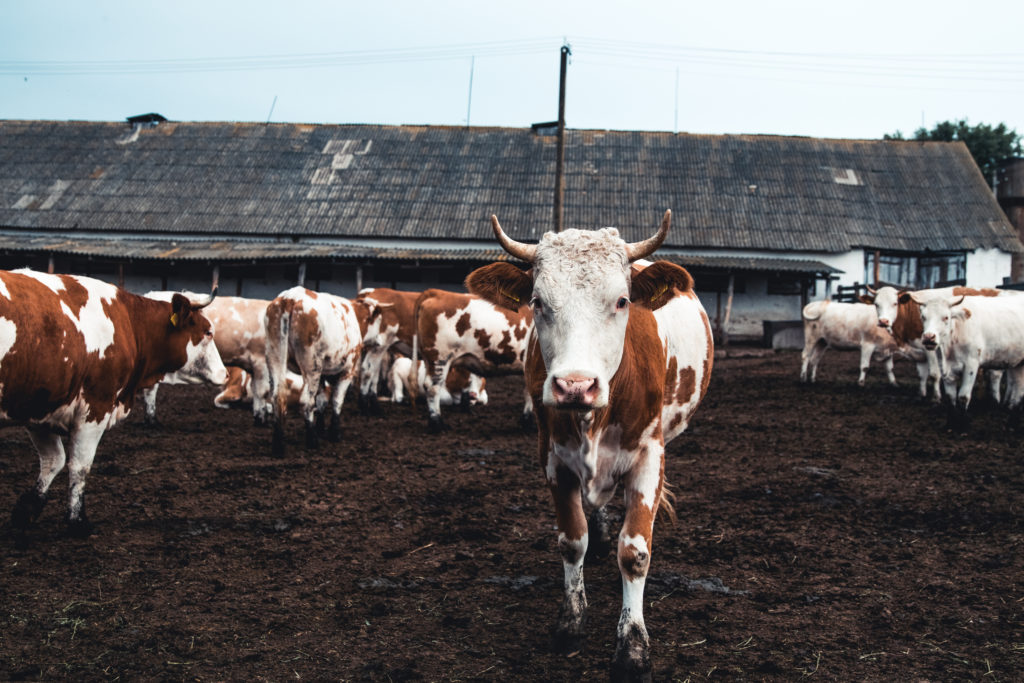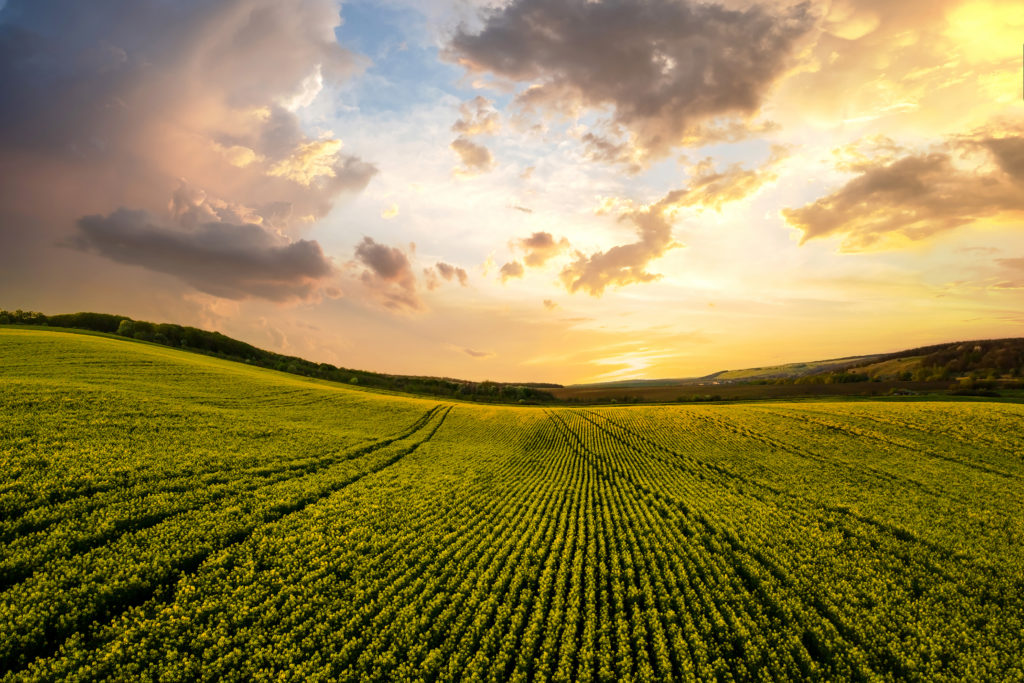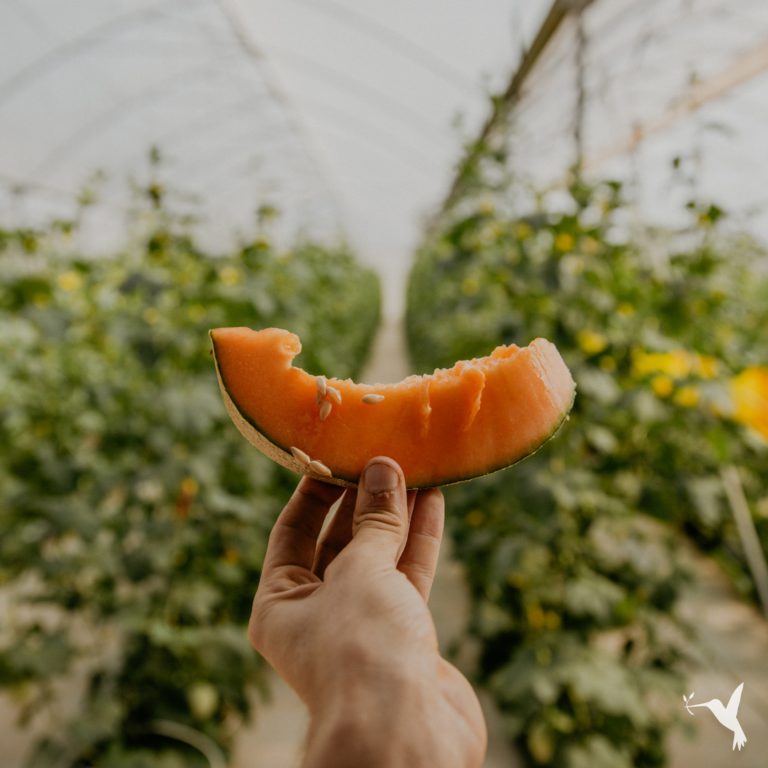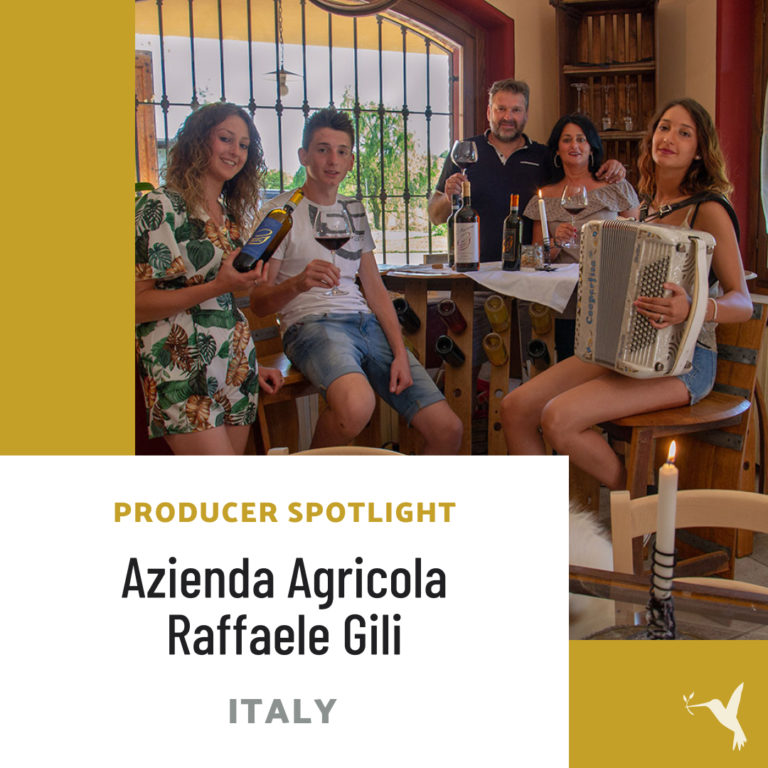How Does the Livestock Industry Affect Climate Change
Livestock Production: Hard on the Environment & the Climate

Raising animals for food uses remarkable amounts of water, is a primary driver of deforestation, and greatly contributes to greenhouse gas emissions. The practice of farming animals is destructive to overall planetary health. Livestock prodcution is without a doubt contributing to climate change and negatively impacting ecosystems around the world.
At the same time, livestock farming is a livelihood for millions of humans and a source of nutrition for people all over the world. Are there solutions that will support planetary health and human livelihood and longevity?
There are a number of shifts we can make, including dietary changes, that can help bring down food-related climate emissions. Increasing food productivity to meet the demands of the growing human population and halting deforestation need not be mutually exclusive objectives. Keeping this in mind, we must design any climate mitigation policies with extreme care and sensitivity.
Here are some of the problems and the solutions.
Contributes to Climate Change & is Affected by Climate Change
Livestock production adds to climate change and ironically, the problematic outcomes of the changing climate threaten livestock production. Every problem is simultaneously a driver and an outcome.
Globally, the livestock sector contributes around 16.5% of global greenhouse gas (GHG) emissions, driving further climate change. The two main greenhouse gasses produced by the practice of rearing farmed animals are methane and nitrous oxide.
How do animals create so much of these gas emissions? Well, part of it is just that. They make gas. Animals like cattle, goats and sheep emit methane as they digest their food through a process known as enteric fermentation. Basically microbes in their digestive tracts decompose and ferment the cellulose, starches, sugars and fiber of the plants they eat. This process is incredibly effective, but a byproduct of the process is methane, a toxic pollutant that releases into the atmosphere primarily through animal burps.
Methane from livestock manure is another source of emissions, especially from operations with highly concentrated hog and cattle populations that store manure as a liquid. In many places, the disposal, or attempted disposal of these liquids, is done in very questionable practices.
In addition to burps and manure, the storage of animal manure, the use of fertilizer on the fields used to raise them, fuel for transport, the land used to feed and raise them and the heating and machinery required for animal agriculture production all produce and emit high levels of greenhouse gasses.
As livestock production leads to climate change, climate change is a threat to the livestock industry because of the impact on quality of feed crop and forage, water availability, livestock diseases, animal reproduction, and biodiversity.
Livestock Production: Requires a lot of Water & Pollutes Water

Raising animals for livestock requires far more water than growing crops like soy or lentils. Beef production requires 15,415 liters per kilogram of meat, more than all other livestock animals. One third of all the water used by the animal agriculture sector goes toward the production of beef. Another 19 % goes to dairy cattle for the production of milk and other dairy products.
Livestock farming also pollutes waterways. Liquid manure pits or lagoons hold the waste of thousands of animals from factory farms. Toxins from these manure lagoons pollute water sources, causing or exacerbating health problems in the surrounding communities. While manure can be a good organic fertilizer, there can always be too much of a good thing. When farmers over-apply this kind of manure, it leads to contaminated runoff
Deforestation of Critical Ecosystems for Livestock
All ecosystems are important to global ecological balance, and most are facing some kinds of risk. Forests and other wild areas of land like savannas and coral reefs play important roles in storing carbon that would otherwise be released into the atmosphere.
Many industries contribute to deforestation, but agribusiness is the number one driver of the problem. Huge areas of forest are burned or cleared all over the world to make space for crops, livestock, and crops for livestock. Farmland expansion is responsible for 90 percent of deforestation around the world. An estimated 15 billion trees are cut down each year—more than 41 million trees per day.
The Amazon rainforest covers 2.72 million square miles, making it the largest on earth. It reaches into nine different countries. It is one of our earth’s most important terrestrial carbon reserves. The Amazon stores an estimated 123 billion tons of carbon that would otherwise release itself. On top of that, the trees from the Amazon produce 20% of the oxygen in the world.
We cannot live without it.
What Can You Do? What Should We All Be Doing?
Eating less meat is one of the most obvious and impactful ways to reduce our personal or household contribution to climate change. On average, plant-based foods have a carbon footprint 10 to 50 times smaller than animal products. Going vegan, vegetarian, or at least reducing meat consumption significantly decreases water consumption as well.
Wasting less food is another powerful form of household climate action.
While these actions could create remarkable impacts, merely suggesting solutions such as these is an easy out. They are true, but they are not always feasible. Unfortunately, not all people have access to adequate or varied sources of produce or plant-based nutrition, and often the places with fewer food options are the same communities that face higher exposure to pollution.
Creating meaningful solutions to the issues within our food systems related to climate change and social and environmental justice requires more than individual action. It requires widespread shifts in mindsets and systems. We need multi-industry collaboration and agreement, plus a greater priority on solving the climate crisis.
This requires shifts in the way we connect with our food, our environment, and the people who produce our food. It requires cooperation. We either all flourish–or we all do not.
Producers Trust is creating our niche within the system and the solutions. With traceability tools and blockchain technology, we are here to empower consumers and producers to connect with each other and the earth. We are not going to tell you to go vegan or only eat organic. While those may be the solutions that work for you, and for many others, we recognize that they may not work for everyone. Instead, we are here to provide better transparency so you can figure what works best for you and which products and producers align with your values.


